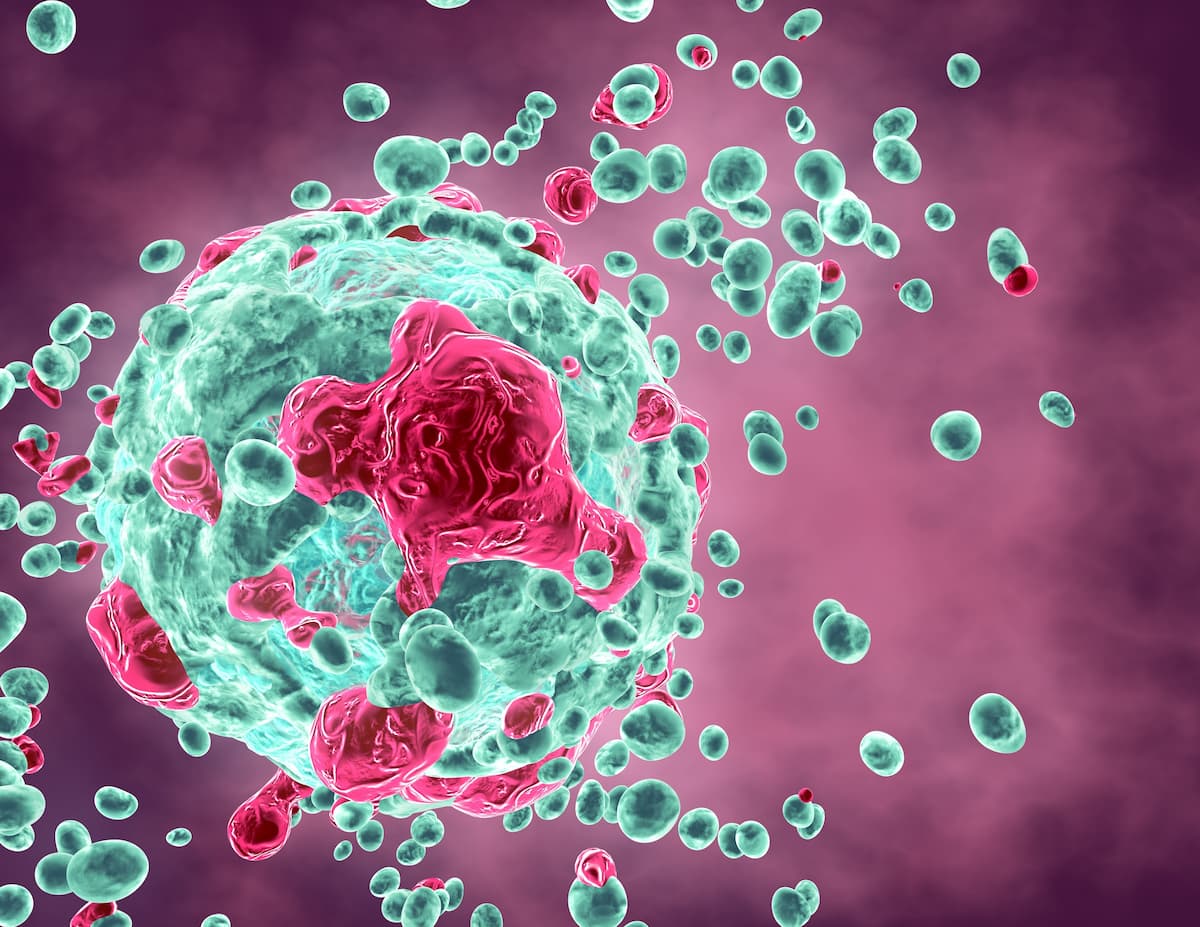
Data from the phase 2 CARTIFAN-1 study highlighted a favorable risk-benefit profile for a single infusion of ciltacabtagene autoleucel among patients with relapsed/refractory multiple myeloma.
A single infusion of ciltacabtagene autoleucel (cilta-cel; Carvykti) demonstrated early, robust, and long-lasting responses in patients with heavily pretreated relapsed/refractory multiple myeloma, according to results from the phase 2 CARTIFAN-1 study (NCT03758417).
With an 18-month median follow-up, the overall response rate (ORR) by independent review committee among patients treated with cilta-cel was 89.6% (95% CI, 77.3%-96.5%), and the median time to first response was 0.95 month (95% CI, 0.9-5.2). A total of 77.1% of patients (95% CI, 62.7%-88.0%) had complete responses (CRs) or better. The 12-month and 18-month progression-free survival (PFS) rates were 77.0% (95% CI, 62.3%-86.5%) and 66.8% (95% CI, 49.4%-79.4%), respectively. Moreover, the 18-month overall survival (OS) rate was 78.7% (95% CI, 64.0%-88.0%). Neither the median OS or PFS were reached.
Investigators of the ongoing, open-label phase 2 CARTIFAN-1 study enrolled adult patients with relapsed or refractory multiple myeloma across 8 sites in China. The study was designed to assess the safety and efficacy of cilta-cel, a B-cell maturation antigen (BMCA)–targeting chimeric antigen receptor T-cell therapy. Apheresis was first performed in 64 patients based on the institutional target collection standard of 6 x 109 (range, 2-20 x 109) peripheral blood mononuclear cells. Four to 6 weeks following apheresis, 49 patients underwent lymphodepletion with 300 mg/m2 of cyclophosphamide taken once daily and 30 mg/m2 of intravenous fludarabine (Fludara) taken once daily for 3 days. A total of 48 patients then received a single infusion of cilta-cel at the target dose of 0.75 x 106 (range, 0.5-1.0 x 106) CAR-positive viable T cells/kg 5 to 7 days after the start of lymphodepletion.
Advertisement
Patients who had multiple myeloma per International Myeloma Working Group criteria and at least 3 prior lines of therapy, including a proteasome inhibitor and an immunomodulatory drug, were eligible to enroll on the study. Patients were unsuitable for enrollment if they had previous CAR T-cell therapy or BCMA-targeted therapy or were positive for hepatitis B virus.
The primary end point was ORR, as defined by the proportion of patients achieving a partial response or better. Secondary end points included the incidence of adverse effects (AEs); rates of very good PRs (VGPRs), CRs, stringent CRs (sCRs), and minimal residual disease (MRD) negativity; DOR; time to response; PFS; OS; and pharmacokinetic markers.
Among the 48 patients treated with the CAR T-cell therapy, the median age was 61 years (range, 30-72). The median time from diagnosis to cilta-cel treatment was 3.7 (range, 1.4-10.2) years. At baseline, patients received a median of 4 previous lines of therapy (range, 3-9) and 31.3% were triple class exposed. A total of 85.4% of patients were refractory to proteasome inhibitors, 91.7% were refractory to immunomodulatory drugs, 79.2% were refractory to both a proteasome inhibitor and immunomodulatory drug, 27.1% were refractory to daratumumab (Darzalex), 18.8% were triple class refractory, and 97.9% were refractory to their last line of therapy.
The stringent CR rate was 75%, 2.1% had a CR, 72.9% had a MRD-negative CR or better, and 12.5% had VGPR by independent review committee. Moreover, 2 patients (4.2%) had stable disease and 6.3% were not evaluable. The median times to best response and CR or better were 3.3 months (range, 0.9-15.1) for each, respectively. Investigators reported no clear correlation between clinical response and CAR transgene or CAR-positive T-cell concentrations.
All patients had any-grade treatment-emergent AEs (TEAEs), and 83.3% had grade 3 or 4 TEAES. The most common grade 3 or 4 hematologic AEs included neutropenia (97.9%), leukopenia (93.8%), and lymphopenia (91.7%). The most common grade 3 or 4 non-hematologic TEAEs included pneumonia (31.3%), hypokalemia (22.9%), and increased aspartate transferase levels (20.8%). Additionally, any-grade cytokine release syndrome occurred in 97.9% of patients, 35.4% of whom had grade 3/4 events; the median to onset was 7 days, and the median duration was 5 days. Ten deaths occurred after cilta-cel infusion, 8 of which were associated with treatment-related AEs.
Reference
Mi J, Zhao W, Jing H, et al. Phase II, open-label study of ciltacabtagene autoleucel, an anti-B-cell maturation antigen chimeric antigen receptor–T-cell therapy, in Chinese patients with relapsed/refractory multiple myeloma (CARTIFAN-1). J Clin Oncol. Published online October 21, 2022. doi:10.1200/JCO.22.00690
"lasting" - Google News
November 28, 2022 at 10:03PM
https://ift.tt/xO2DB9g
Cilta-cel Produces Early Long-Lasting Responses in Pretreated Relapsed/Refractory Multiple Myeloma - Cancer Network
"lasting" - Google News
https://ift.tt/l7RKTm4
Shoes Man Tutorial
Pos News Update
Meme Update
Korean Entertainment News
Japan News Update
Bagikan Berita Ini














0 Response to "Cilta-cel Produces Early Long-Lasting Responses in Pretreated Relapsed/Refractory Multiple Myeloma - Cancer Network"
Post a Comment